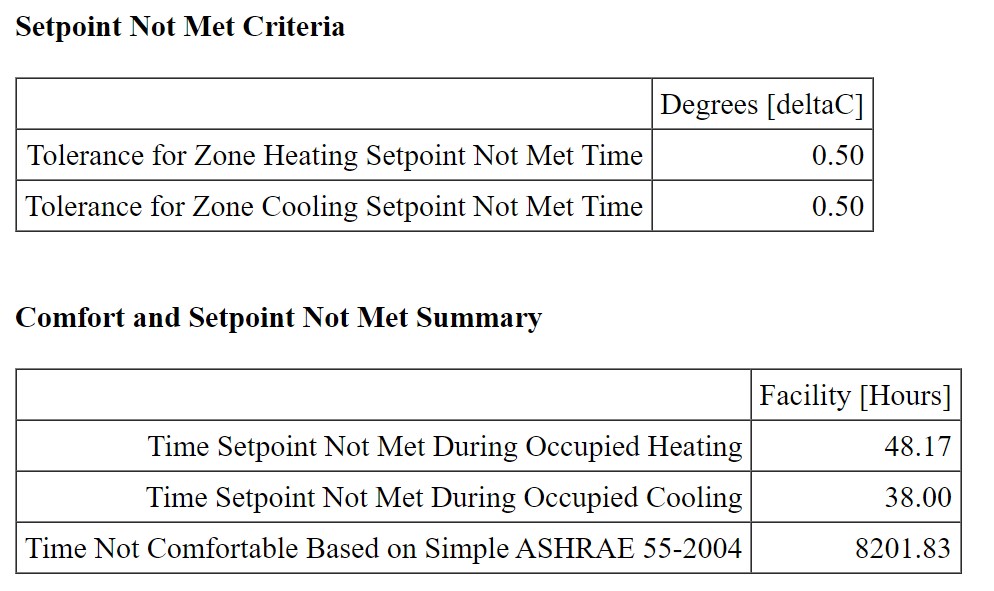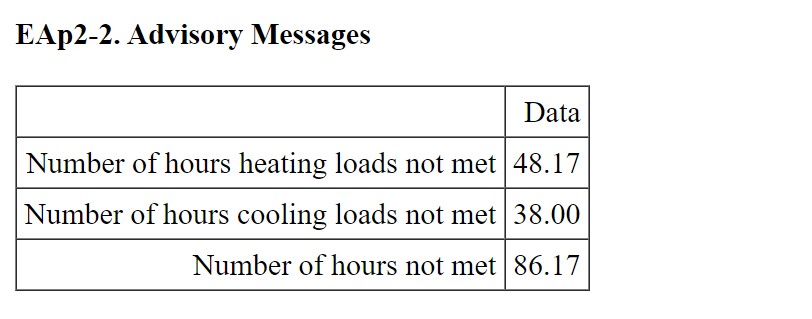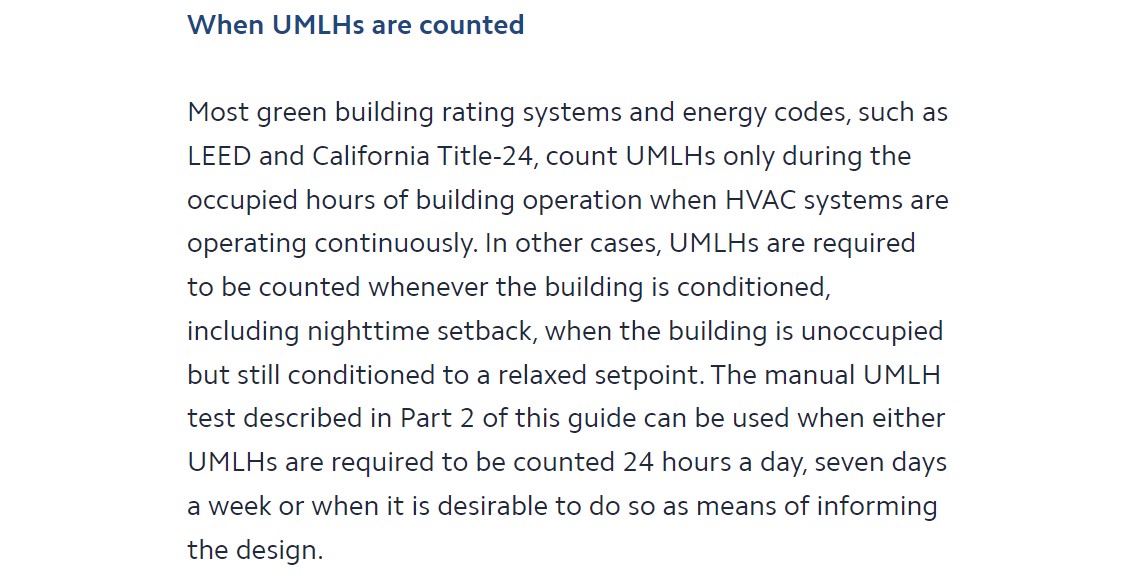That's a good issue to raise. In my opinion, that's correct. Unmet hours must not exceed 300 hours during both occupied and unoccupied heating and cooing.
ASHRAE90.1 defines "unmet load hour" as follows. There is no mention of "during occupied time".

And the requirment of unmet hours is as follows.

I think the consufing thing for EnergyPlus users is that the summary reort (the outpu of the simulation result in html or csv format) shows the following Comfort and Setpoint Not Met Summary which reports unmet hours only during occupied time as shown below. But it's ok, this summary is not wrong because this summary is about Comfort.

The bad thing is that LEED summary also reports unmet hours only during occupied time as shown below. I think this is a defect and should be fixed to unmet hours during both occupied time and unoccupied time (i.e. 8760hours).

We can see unmet hours during both occupied time and unoccupied time in System Summary, but anyway the LEED summary should be fixed.

I would like to hear others' opinions.
UPDATE
This website shows the opposite opinion i.e. LEED counts Unmet Hours only during the occupied hours. However, I cannot find any evidence for it. Does anyone know?

FURTHER UPDATE
ASHRAE 90.1 User's Manual seems to support the opinion that the Unmet Hour is for both occupied and unoccupied hours (i.e. throughout the year) because the denominator is 8760 hours in the manuals as shown below. I vote for this opinion so far.












